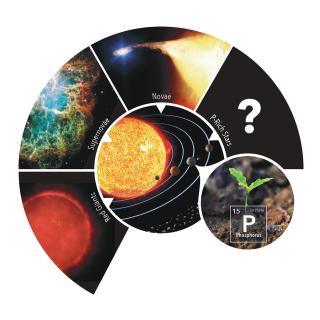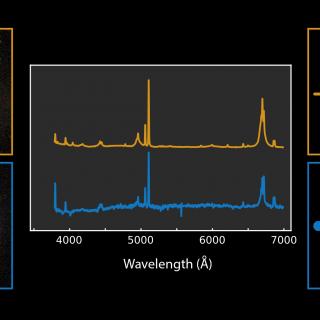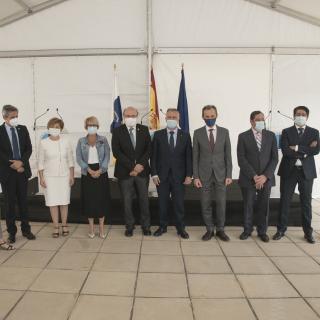
On the night of 12th to 13th August we will be able to enjoy the maximum of the Perseids. This will be broadcast live, from the Teide Observatory (Tenerife) and from the Roque de los Muchachos Observatory (La Palma) on the sky-live.tv channel on the night of August 12th, with the collaboration of the Energy Efficiency Laboratories (EELabs) project of the Instituto de Astrofísica de Canarias (IAC) and of the Program of Astronomy Outreach / SODECAM - Service for Innovation of the Cabildo of the Island of La Palma.
Advertised on




